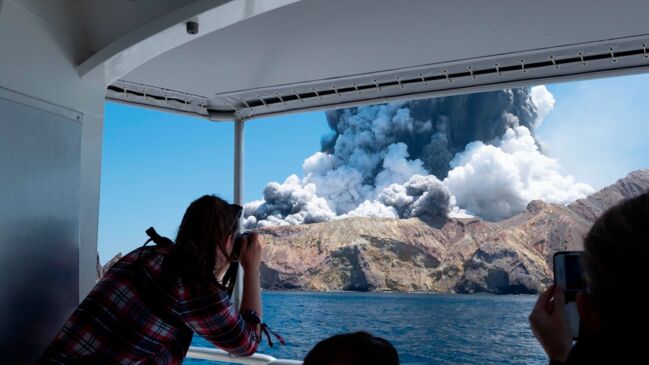
What began as a routine adventure for nearly 100 tourists quickly became one of New Zealand’s most devastating natural disasters. Located in the Bay of Plenty, Whakaari / White Island had long been a popular destination for thrill-seekers and nature lovers drawn to its steaming vents and surreal volcanic landscape.
Whakaari / White Island Eruption Timeline: A Day of Shock and Survival
At 2:11 PM local time, just minutes after visitors had entered the crater, the volcano erupted without warning. A towering column of ash and steam shot two miles into the sky, engulfing the island in toxic gases and debris. Many of the victims were part of a tour group from the cruise ship Ovation of the Seas, and wore gas masks to explore the crater’s edge.
The eruption was classified as a phreatic event, meaning it was caused by steam pressure rather than magma movement, making it nearly impossible to predict. Survivors described the explosion as eerily silent and sudden, with no time to react. Rescue efforts were swift but dangerous, as emergency crews risked their lives to retrieve those stranded on the island. A total of 47 people were on the island at the time of the eruption. In addition to the 22 fatalities, 25 others were injured, many with life-altering burns.
In the aftermath, questions arose about tour safety protocols, the risks of visiting active volcanoes, and the emotional toll on survivors and families. The tragedy sparked global conversations about adventure tourism and the balance between thrill and responsibility.
Today, White Island remains off-limits to tourists, and its story lives on through documentaries, survivor accounts, and ongoing investigations. It serves as a sobering reminder of nature’s unpredictability.
Ever found yourself in a wild, risky moment, whether on a family trip, solo adventure, or just trying to keep everyone safe?


